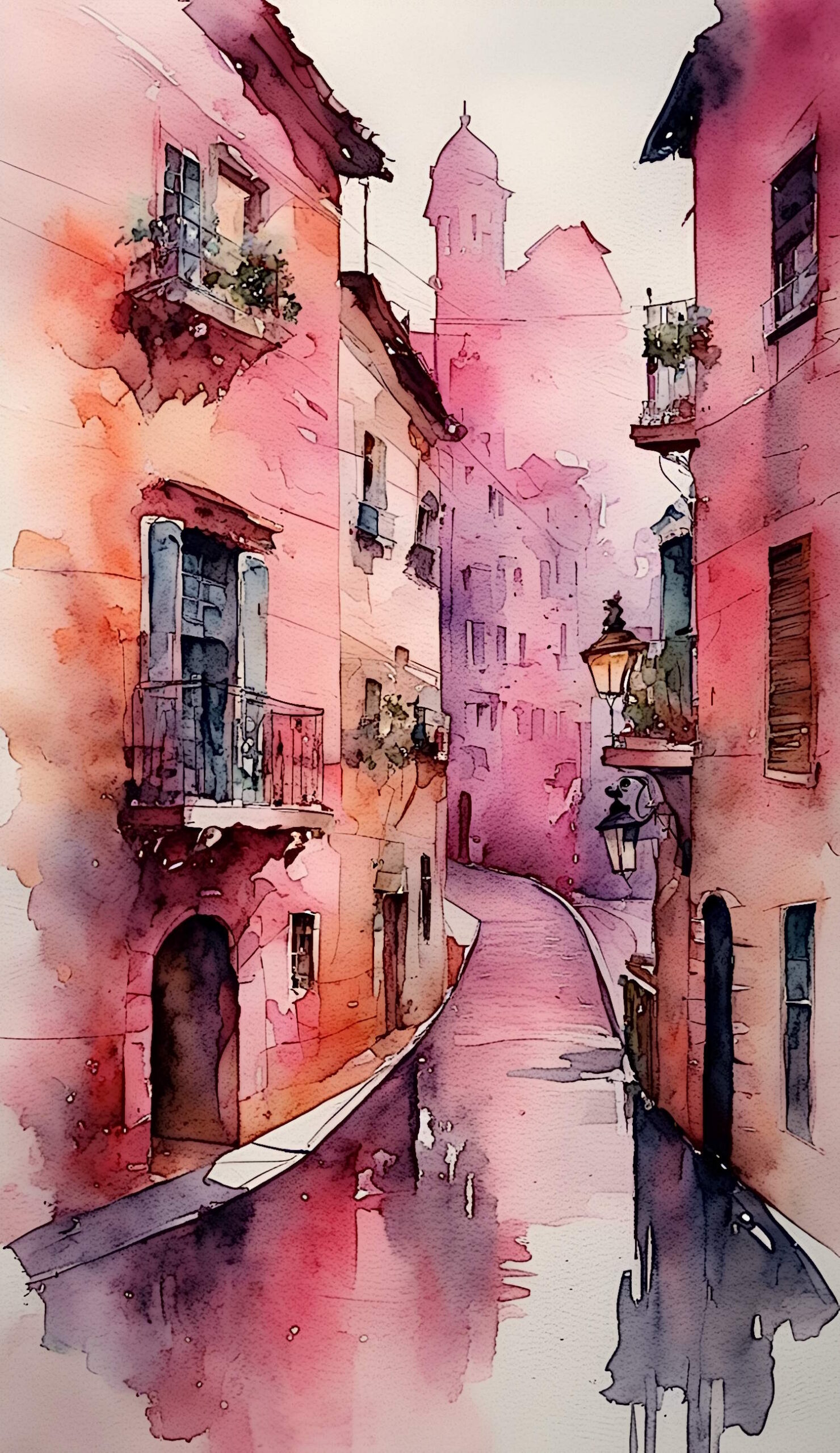-
What kind of shoes did the Romans wear and how did they make their shoes? The answer to that question(s) is simple. They made and wore primarily sandals. Fashionable right? Yet unlike today, almost all shoes were made on strips of wood, which were…
Tag: footwear
About
Life’s a painting and you’re the artist. But you are never finished. Each day is made up of a dozen different sketches, alone they will never be more than that, a sketch, yet they make up the context of our lives.
This is my sketch, one done with love.
Olivia
Recent Updates
Site Links

